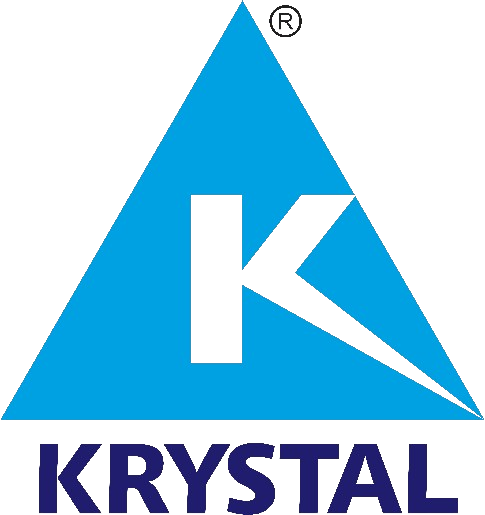- April 22, 2024
- Posted by: admin
- Category: Facility Management Services

Introduction:
In the ever-changing fabric of urban environments, efficient facility management has emerged as a cornerstone for enhancing the overall experience of city dwellers. This blog delves into the intricate web of facility management strategies designed to optimize urban navigation, with a special focus on the keyword “Facility Management.”
1. Smart Technology Integration:
Incorporating smart technologies in facility management has become paramount for urban navigation. From intelligent parking solutions to real-time crowd management systems, these technologies streamline the use of urban spaces, minimizing congestion, and enhancing accessibility.

2. Data-Driven Decision-Making:
Facility management professionals are increasingly relying on data analytics to make informed decisions. Utilizing data insights helps in understanding user behavior, predicting trends, and optimizing the allocation of resources for improved navigation experiences.
3. Sustainable Infrastructure Development:
The keyword “Facility Management” is intricately linked with sustainability. Urban navigation strategies now prioritize the development of eco-friendly infrastructures, promoting green spaces, pedestrian-friendly zones, and energy-efficient facilities to create a harmonious and sustainable urban environment.
4. User-Centric Design Principles:
An essential aspect of facility management is designing spaces with the end user in mind. By implementing user-centric design principles, cities can create environments that are not only aesthetically pleasing but also highly functional, ensuring a positive experience for residents and visitors alike
.
5. Adaptive Space Utilization:
Flexibility in space utilization is a key strategy for effective facility management. Urban spaces should be designed to accommodate diverse activities, events, and gatherings, fostering a sense of community and providing residents with multifaceted experiences.
6. Proactive Maintenance and Upkeep:
To ensure seamless urban navigation, facility management strategies should prioritize proactive maintenance. Regular inspections, timely repairs, and a well-structured maintenance schedule contribute to the longevity of infrastructure, minimizing disruptions for users.
7. Community Engagement Initiatives:
Engaging the community is vital for successful facility management. Initiatives such as public forums, surveys, and feedback mechanisms enable facility managers to understand the evolving needs of the population, fostering a collaborative approach towards creating user-friendly urban spaces.
Conclusion:
In the ever-evolving fabric of urban environments, the keyword “Facility Management” stands as a beacon guiding the development and optimization of spaces for efficient navigation. By embracing smart technologies, data-driven decision-making, sustainability, user-centric design, adaptive space utilization, proactive maintenance, and community engagement, cities can transform into vibrant hubs that seamlessly cater to the needs and aspirations of their residents. As digital marketers and content creators, let’s continue to spotlight the importance of facility management in shaping the urban landscapes of tomorrow.
For More Information:-
www.krystal-group.com/integrated-facility-management-services

